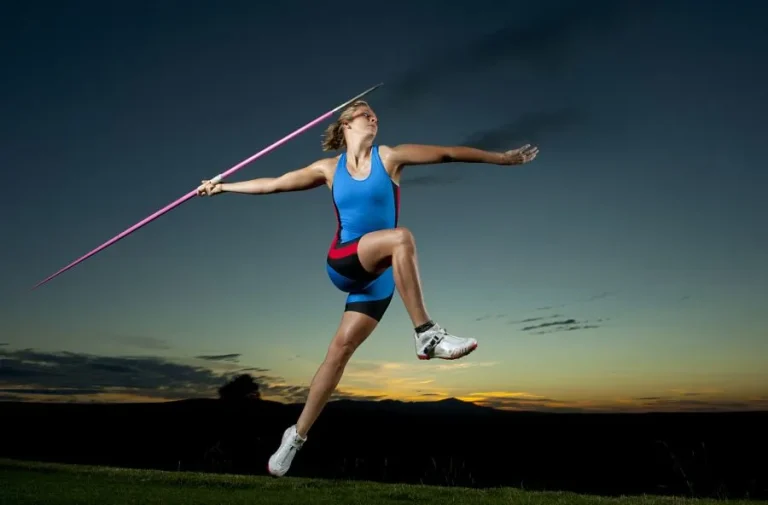Javelin sports action embodies a thrilling blend of strength, technique, and precision, captivating athletes and spectators alike. This ancient sport, rooted in human history, combines raw athleticism with strategic finesse, making it a standout in track and field competitions. From the explosive run-up to the moment the javelin soars through the air, every element of the throw demands mastery. This article delves into the essence of javelin sports action, examining its history, techniques, physical demands, and its enduring appeal in modern athletics.
The Historical Roots of Javelin Throwing
Javelin throwing traces its origins to ancient civilizations, where it served as a practical skill for hunting and warfare. In ancient Greece, it became a cornerstone of the Olympic Games, showcasing warriors’ ability to hurl spears with accuracy and force. The sport evolved over centuries, transitioning from a survival tool to a competitive discipline. By the modern Olympics, standardized rules and equipment transformed javelin throwing into the dynamic event we see today. The javelin itself, now a sleek, aerodynamic implement, reflects advancements in design, allowing athletes to achieve remarkable distances while maintaining the sport’s core challenge of precision and power.
Read also: give aways look what mom found
The Mechanics of a Perfect Throw
The javelin sports action hinges on a sequence of meticulously coordinated movements. The throw begins with a run-up, where athletes build momentum over a designated runway. This phase requires explosive speed and controlled footwork, as the athlete transitions into the throwing stance. The grip on the javelin, typically at its cord-wound center, is critical for stability and spin. As the athlete plants their lead foot, the body rotates, channeling energy from the legs through the core and into the arm. The release, executed at a precise angle, sends the javelin soaring. Each step, from approach to release, demands synchronization, as even a slight misstep can reduce distance or cause a foul.
Physical and Mental Demands
Javelin throwing tests an athlete’s physical and mental fortitude. Physically, it requires a blend of strength, flexibility, and speed. The legs and core provide the foundation for power, while the shoulder and arm muscles execute the throw. Flexibility is crucial for the hyperextension of the throwing arm, which maximizes distance. Training regimens often include weightlifting, plyometrics, and sprinting to build the necessary explosiveness. Mentally, javelin sports action demands focus and composure. Athletes must maintain concentration under pressure, visualizing their throw while adapting to conditions like wind or crowd noise. Confidence in technique and split-second decision-making separate elite throwers from the rest.
Read also: look whatmomfound
Key Techniques for Mastery
Success in javelin sports action relies on refining specific techniques. The crossover step, where the athlete shifts weight during the run-up, is a critical skill that balances speed and stability. Proper arm mechanics, including the “pull-through” motion, ensure the javelin releases cleanly without wobbling. Athletes also focus on the angle of release—typically around 35 degrees—to optimize distance. Drills targeting footwork and core strength help athletes maintain consistency. Elite throwers often study video footage to analyze their form, making incremental adjustments to achieve greater distances. Coaches play a vital role, offering feedback to perfect these intricate movements.
The Role of Equipment and Environment
The javelin itself is a marvel of engineering, designed for aerodynamics and balance. Modern javelins, made of metal or composite materials, are tailored for men and women, with slight differences in weight and length. The choice of javelin can influence performance, as athletes select models that suit their throwing style. Environmental factors, such as wind direction and temperature, also impact javelin sports action. A tailwind can boost distances, while crosswinds challenge accuracy. Athletes must adapt their technique to these variables, making real-time adjustments to maintain competitiveness. The runway’s surface, too, affects traction, requiring athletes to choose appropriate footwear.
Read also: easy crafts lwmfcrafts
Javelin in Modern Competitions
In today’s track and field landscape, javelin sports action remains a highlight of major events like the Olympics and World Championships. Athletes like Neeraj Chopra and Johannes Vetter have elevated the sport’s profile, showcasing jaw-dropping throws that combine power and artistry. Competitions are governed by strict rules, such as staying within the runway and ensuring the javelin lands tip-first. Scoring is straightforward—distance determines the winner—but the precision required makes every throw a spectacle. Fans are drawn to the suspense of each attempt, as athletes push the boundaries of human performance with every launch.
The Global Appeal and Future of Javelin
Javelin sports action captivates audiences worldwide due to its universal appeal. It transcends cultural boundaries, blending athleticism with a primal instinct to throw. Emerging talents from diverse regions, including Africa, Asia, and Europe, continue to enrich the sport’s competitive landscape. Innovations in training, such as biomechanical analysis and virtual coaching, are shaping its future, enabling athletes to push past previous records. Grassroots programs are also expanding, introducing javelin to younger generations. As the sport grows, its blend of tradition and modernity ensures it remains a thrilling showcase of human potential.
Read also:
lookwhatmomfound email
giveaway lookwhatmomfound
email lookwhatmomfound

